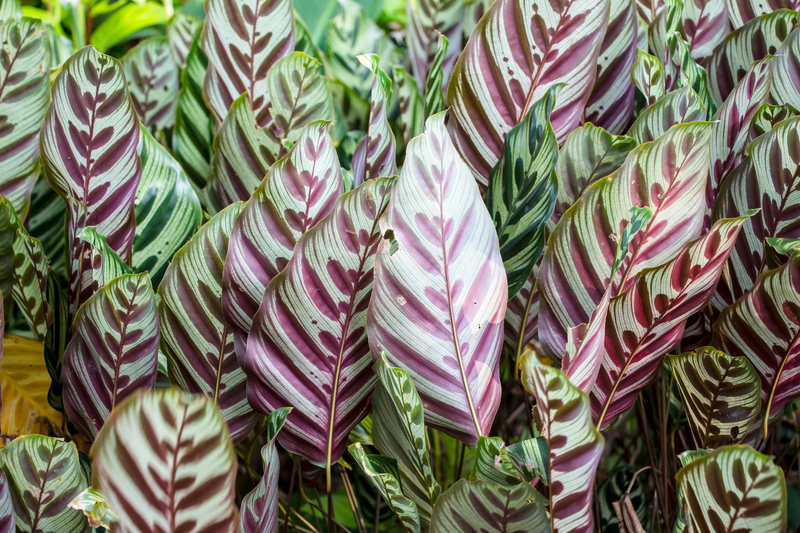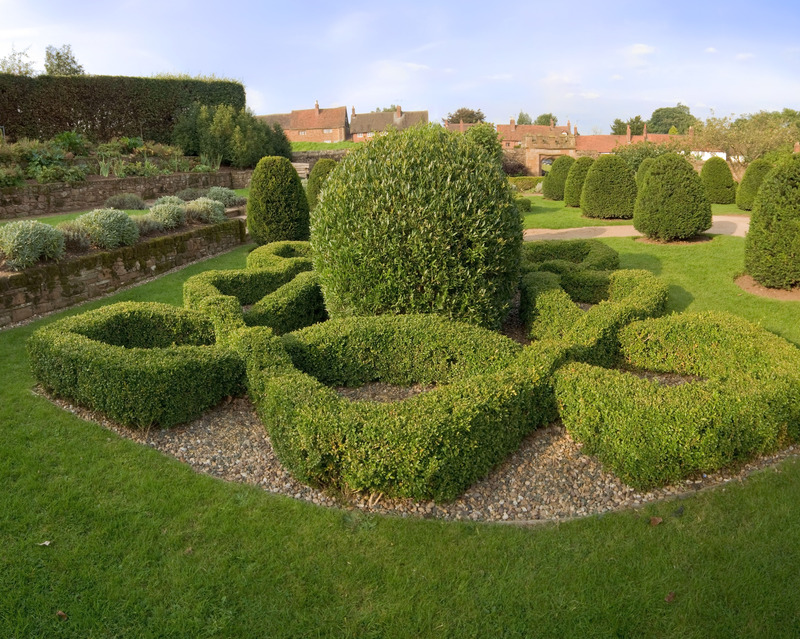Beginner's Cold Frame Usage in Gardening
Posted on 07/10/2024
A cold frame is a simple structure consisting of a transparent roof and four sides, used to protect plants from colder weather. It traps heat from the sun, creating a warmer microclimate for plants to grow in. This allows for an extended growing season and helps gardeners start seedlings earlier in the spring and protect plants later in the fall.
Why Use a Cold Frame in Your Garden?
Using a cold frame offers several benefits for both novice and experienced gardeners. First and foremost, it extends your growing season by providing a protected environment. This means you can start planting earlier in the spring and continue growing later into the fall. Additionally, cold frames can be used to harden off seedlings before transplanting them outdoors.

Types of Cold Frames
Cold frames can be simple or elaborate, depending on your needs and budget. The basic types include:
- Traditional Cold Frame: Made of wood or brick with a glass or plastic cover.
- Portable Cold Frame: Lightweight and easy to move, often made of plastic or PVC.
- Raised Bed Cold Frame: Combines a raised garden bed with a cold frame cover, ideal for small spaces.
- Hoop House Cold Frame: Uses hoops and plastic covering for a lightweight, easily erected frame.
How to Build and Set Up a Cold Frame
Building a cold frame can be a simple DIY project or involve purchasing a prefabricated unit. Here's a basic guide to setting up your own:
- Select a Location: Choose a sunny spot in your garden that receives ample sunlight throughout the day.
- Build the Frame: Construct the frame using materials like wood, bricks, or straw bales.
- Attach the Cover: Use old windows, clear plastic, or plexiglass as the cover for your cold frame.
- Ventilation: Ensure there is a way to vent the cold frame to prevent overheating, such as propping open the cover.
Using Your Cold Frame
Once your cold frame is set up, it's crucial to use it effectively:
- Planting: Start with cool-season crops or seedlings that need extra protection in the spring and fall.
- Watering: Keep the soil moist but not waterlogged. Cold frames can dry out quickly due to the increased temperature.
- Temperature Control: Monitor the temperature inside the cold frame to ensure it doesn't get too hot. Use a thermometer to track this.
- Ventilation: Open the cover on warm days and close it at night to maintain temperature control.
Pros and Cons of Using a Cold Frame
Pros
- Extends growing season
- Protects plants from frost
- Inexpensive and easy to build
- Portable and flexible
Cons
- Limited space
- Requires regular monitoring
- Can overheat without proper ventilation
- May need frequent watering
Tips for Beginners
- Start simple with a basic cold frame design.
- Use recycled materials like old windows for the cover to save cost.
- Invest in a good thermometer to monitor temperatures inside the cold frame.
- Experiment with different plants to see which ones thrive best.
- Add compost or manure to the soil inside the cold frame for added nutrition.

Key Takeaways
A cold frame is a valuable tool for extending your growing season and protecting plants from harsh weather conditions. Whether you're a novice or experienced gardener, setting up and using a cold frame can greatly benefit your gardening efforts. With proper management, you can enjoy fresh produce and thriving plants well beyond the typical growing season.
Conclusion
Incorporating a cold frame into your gardening routine is an effective way to boost your garden's productivity and extend your growing opportunities. Understanding the basics of cold frame usage, from construction and placement to plant care and ventilation, can help even a beginner start reaping the benefits of this gardening method. Happy gardening!




